Ecuador is most famous for the Galapagos Islands and the unique species that call it home. However, with a wealth of diversity, there is plenty more here to steal your heart. Below is a compilation of 10 interesting Ecuador facts that may pique your interest in this beautiful country. It could be Mount Chimborazo, the point on earth closest to the stars. Or the Amazon Rainforest, named after the warrior women of Greek Mythology. There is something in this relatively small country for just about everyone. Here are our top 10 fascinating Ecuador facts:
Ecuador is OPEN again after a huge drop in covid-19 cases! To ask our team about any question regarding Ecuador travel contact us here.
Remember, when traveling around Ecuador, Ecuador Hop is the only company offering flexible date changes until 2024 at NO extra cost. No airline, bus company or tour company offers such flexibility, on top of our stringent covid-19 protocols and safety procedures.
It may not surprise you to find out that the country is called this is because the equator runs through it. The official name of the country is ‘República del Ecuador’ (Republic of the Equator). In fact, Ecuador is the only country in the world named after a geographical feature.
Just outside Quito there is a famous monument named the Mitad del Mundo (middle of the world) to mark the equatorial line. In fact, the monument is actually about 240 meters from the actual equator, but it’s still a nice visit. There is a museum there and a few market-style shops and restaurants to wander about. It is also possible to climb the monument and take in the views of Ecuador from above. An interactive museum to mark the “real” equator is just down the road. (Although the equator is actually 5 kilometers wide; both museums are on the equator, only one of them is in the center of it.)
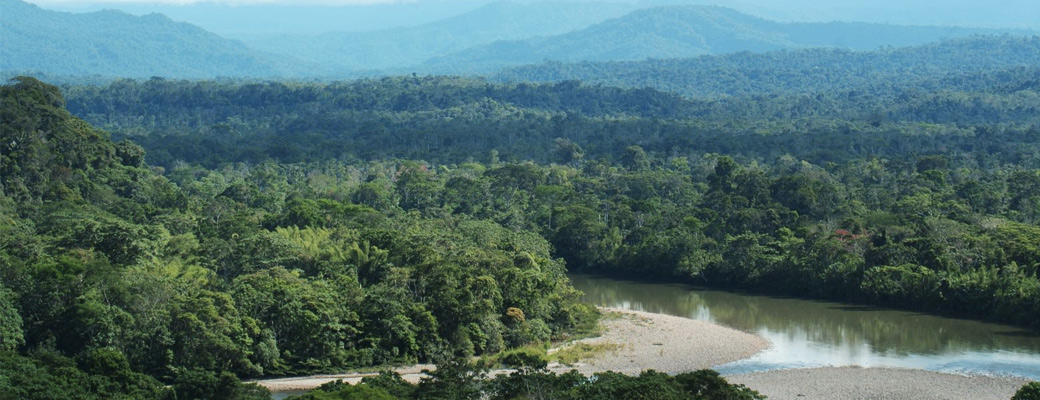
This protected Ecuadorian National Park and Biosphere Reserve are located deep in the heart of Ecuador’s Amazon. It is one of the most bio-diverse places on the planet, home to species that are completely unique to the lands. Ecuador has more tree, amphibian, and bat species in only 100km than anywhere else in the world.
As well as the hundreds of tree species, amphibians, reptiles, and small animals, (such as Pocket Monkeys or Jaguarundi-small lions found only in the Americas) there are also much larger animals, like the Green Anaconda (factually Ecuador has the largest snake in the world) and big cats, such as the jaguar to be found.
There is also a huge amount of crude oil in the park. This remains untapped due to a pledge made in 2007 by the President at the time, Rafael Correa. The pledge promised to protect the park and its resources.
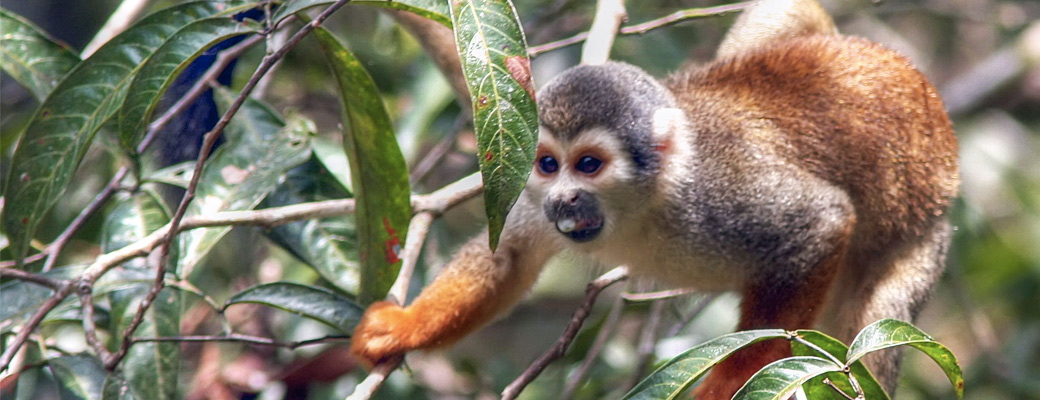
The Galapagos Islands are famous thanks to Charles Darwin and his Theory of Evolution. The theory is centered around the finches of the islands. Darwin examined the way that the same species of bird had evolved differently on the 21 different islands of the Galapagos. It is a fact of Ecuador that Darwin’s research put them ‘on the map’.
The islands themselves are a remote area found six hundred miles off the coast of Ecuador. Teaming with rare and unique wildlife, as much as 20% of the creatures are exclusive to the islands. The wealth of this pristine site makes the Galapagos Islands one of the most fascinating places on earth. Ecuador is a must-visit for all nature lovers and adventure seekers alike.
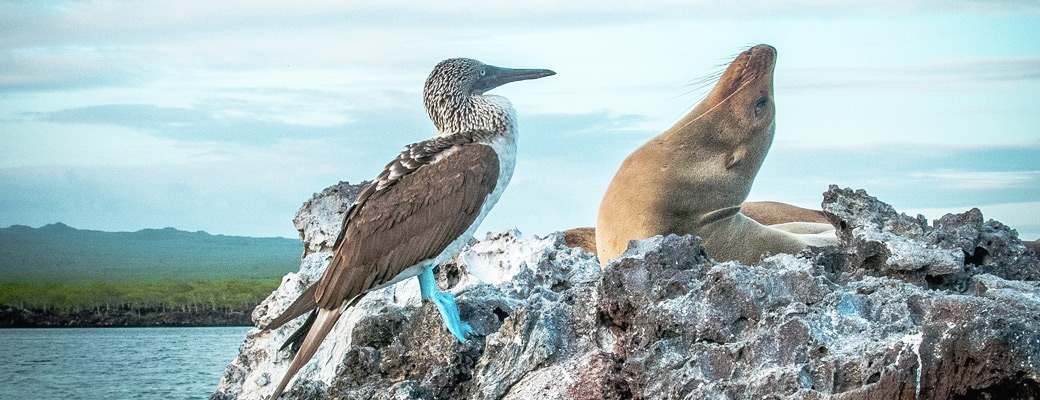
Cacao has been grown in South and Central America for centuries and has long been a staple of Ecuador’s national and cultural heritage, often used for its anti-inflammatory properties and other medical benefits. Research shows that chocolate has been consumed here for nearly 5,000 years. Recent studies have indicated that Ecuador might even be the original source of cacao.
As the demand for high-quality chocolate has increased, so has the in-country production. Today, Ecuador is recognized as the producer of the highest quality cacao in the world. It is also one of the largest exporters, producing as much as 80% of fine cacao beans. Despite this, Ecuadorian people eat only 300-800 grams of the stuff on average per year, whereas countries like Germany consume 9 kilos per person every year.
Ecuador is known as the orchid capital of the world. It has over 4,000 species of these beautiful plants. With over 25,000 species of the plant worldwide, the orchid is the most varied of them all. It also boasts some of the greatest levels of diversity within the species ranges. Some of the varieties flower for half a year, and some for mere hours. Some of the flowers can even live up to 100 years old. No wonder they’re the worlds most popular houseplant! You can find these plants in Cuenca!
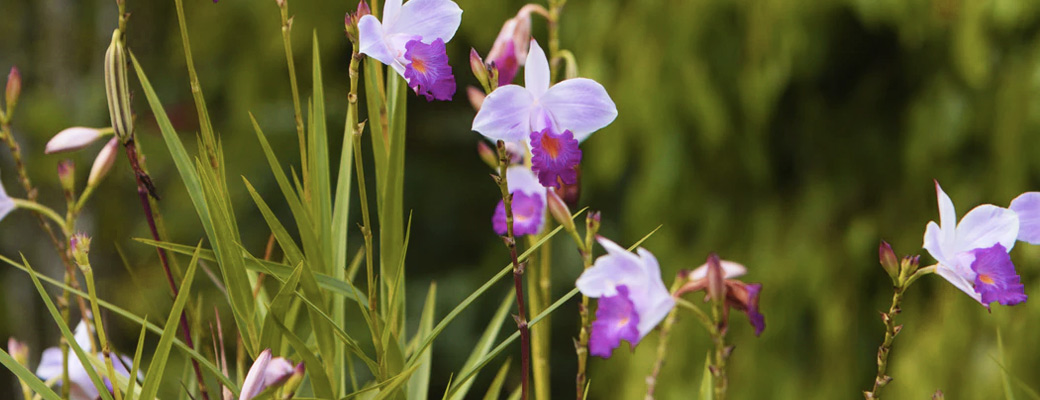
The Architecture of Ecuador has seen a lot of influences over the years, the larger cities especially. In the center of Quito, there is the Old Town. The Old Town is one of Ecuador first UNESCO protected sites (along with the Galapagos). It was built in the 16th century on the ruins of an Incan city. The town and its buildings have survived many earthquakes and has the best-preserved Spanish Colonial architecture in Latin America. The city still has many indigenous elements as well as European inputs, making it a beautiful place to visit.
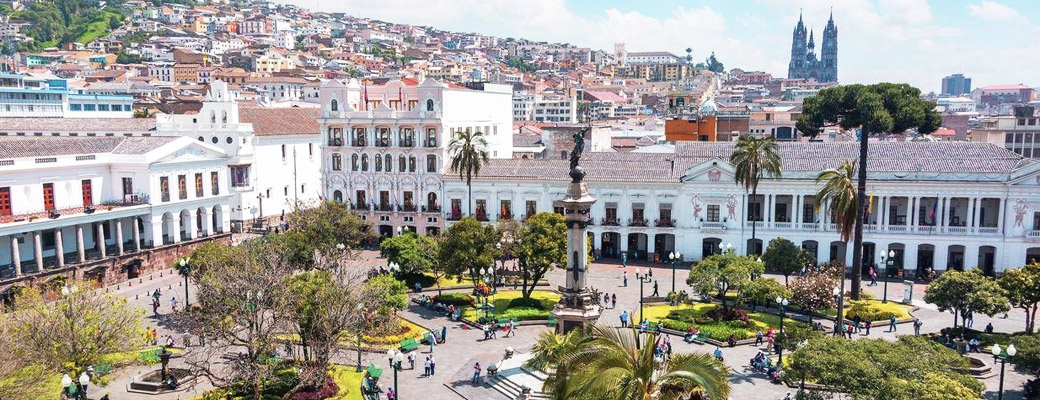
Bananas are an undeniable staple of Ecuadorian diets and cuisine. With around 300 different types of bananas growing in the country, supply meets the demand. Here, there truly is a banana for every occasion.
For the last 60 years, Ecuador has been one of the world’s largest producers of the fruit, producing 25% of the world’s bananas, missing out on the top production spot to India. However, they remain the biggest exporter of sweet bananas to Europe (the climate in Europe is incompatible for the growth of our yellow friends).
This is one of the best Ecuador facts for nature lovers. Ecuador has more birds per square kilometer than anywhere else in the world. With 1632 different confirmed species and 48 more hypothetical, there are plenty of feathers to flap. They also hold the world record for the number of hummingbird species. With an incredible 132 (out of 340) different types of the bird calling the country home. Hummingbirds can only be found in the Americas. They are also the smallest bird, with the highest metabolism, in the world. In fact, their metabolism is so high that they have to enter a hibernation-like state every night. This is called torpor and done in order to conserve the birds’ energy.
Ecuador is home to four distinct regions. The Mountains, The Coast, The Amazon and the famous Galapagos Islands.
Each region has its own unique culture, everything from clothes to food varies. In Fact, in Ecuador, even languages used vary- particularly in rural indigenous communities. Much of this is dependent on the materials readily available to the people, and the way in which communities have developed to utilize them. For example, coastal food is very coconut and fish-based. The food from the mountain settlements, however, is much more likely to be cuy (guinea pig) and corn.
The differences have lessened gradually over time. With the increased amount and quality of transport between mountain and coast, (car instead of llama, roads instead of dirt paths) it has become much easier for the people to share their goods. Language has also become a lot more standardized as Spanish has become more predominant in the country over regional languages like Kichwa.
One of the most surprising Ecuador facts is that the country is home to the closest point on earth to space. Mount Chimborazo is the highest mountain on Earth… sort of. The Earth is not a perfect sphere, it bulges around the equator… In fact, Ecuador sits right on the bulge. (This is also why you are more likely to get sunburnt in equatorial countries). Ecuador’s highest mountain, Mount Chimborazo, at its peak is the furthest point from the Earth’s center. Although from sea level Mount Everest still takes the cake.
With a base 20 kilometers wide and a peak of 6263 meters, this inactive volcano can be seen from a staggering 140 kilometers away in Ecuador’s biggest city, Guayaquil.
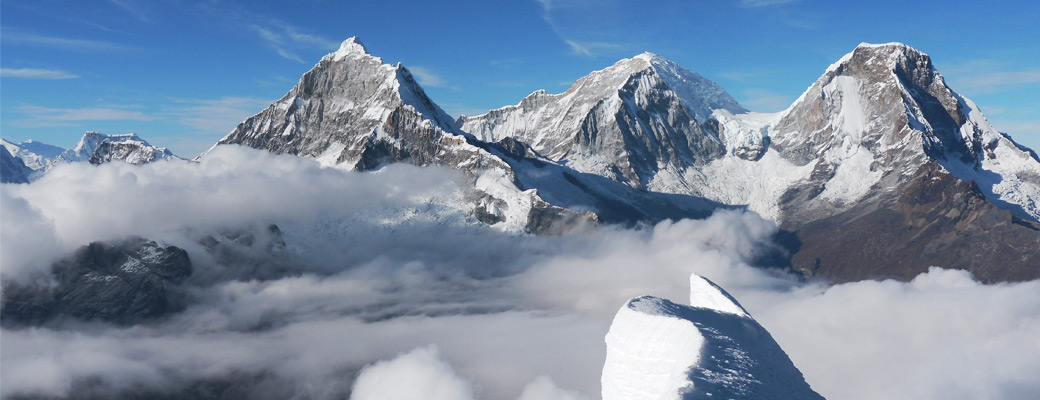
Ecuador is renowned for the Galapagos islands, crystal blue beaches and the snow-capped tips of the Andes Mountains. Although small, Ecuador has a greatly diverse landscape. With its bounty of animals, plants, and beauty there is a wealth of experiences waiting to happen. Few other countries can argue such diversity, with the vastness of the Amazon and the sheer uniqueness of the Galapagos. Ecuador is a country unlike any other. If planning on coming to Ecuador, make sure to check out our hop-on, hop-off passes to get the full experience of Ecuador!